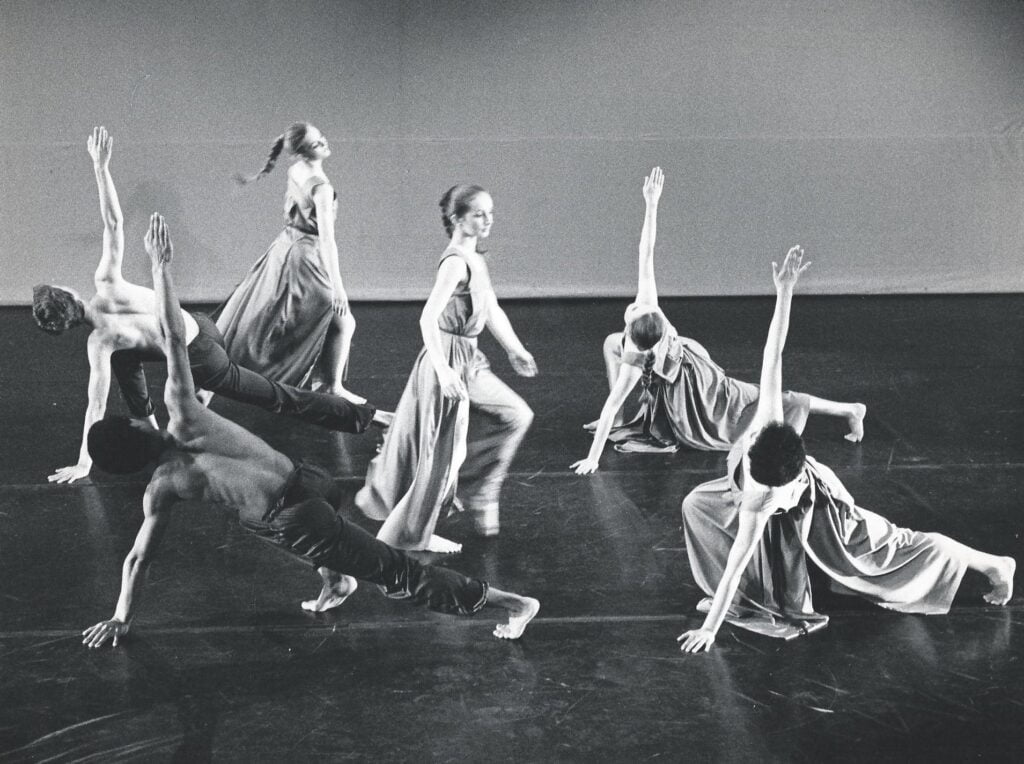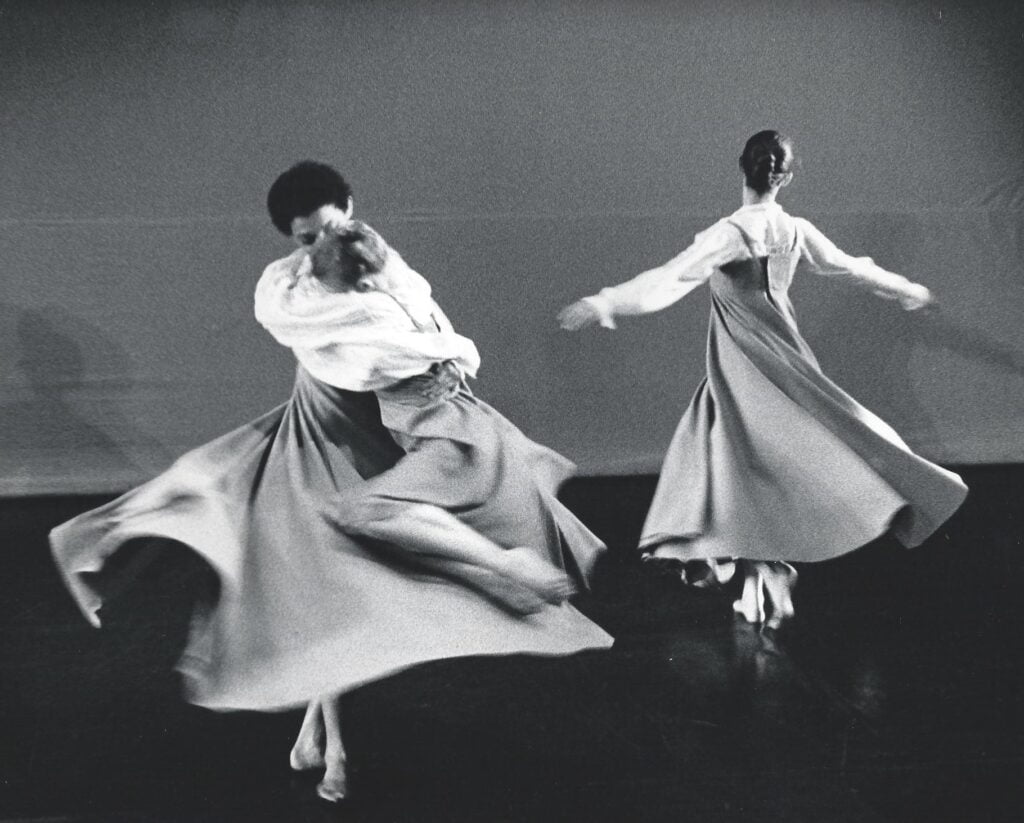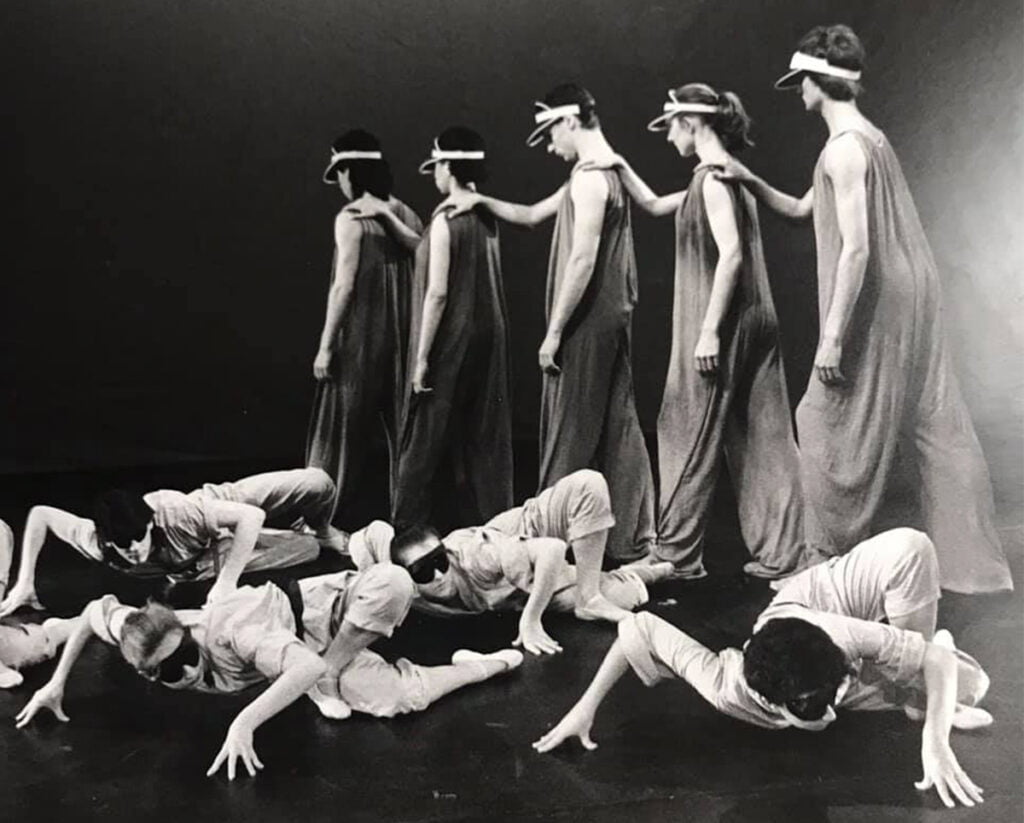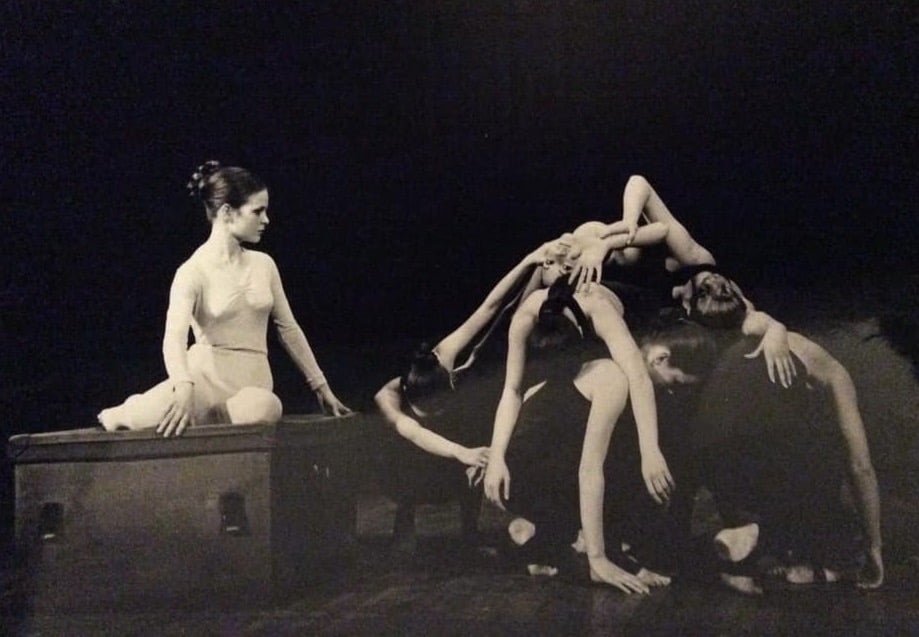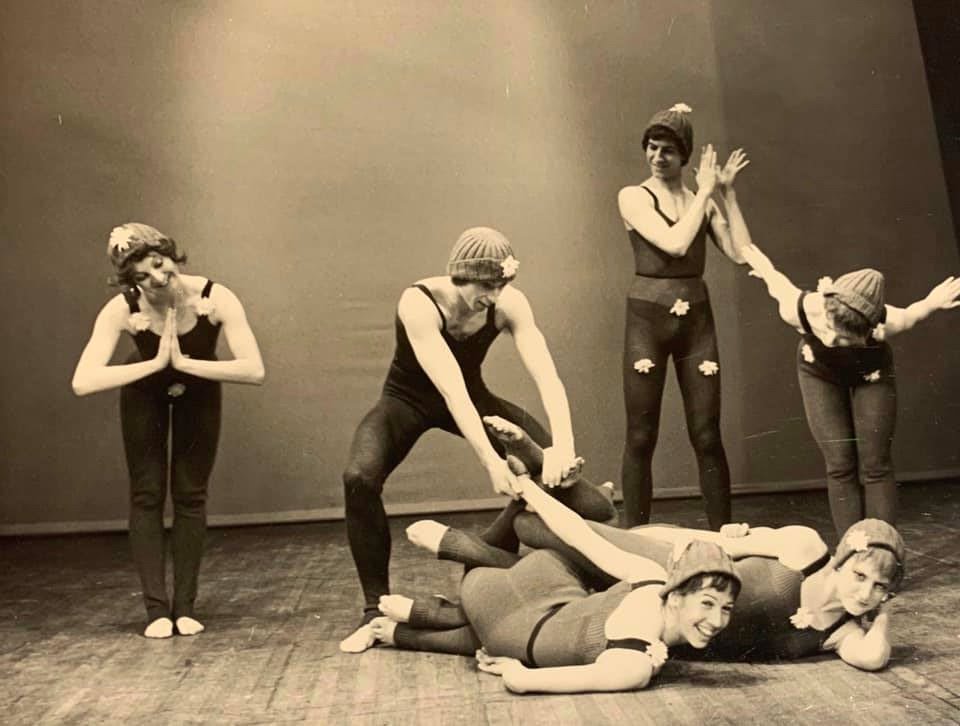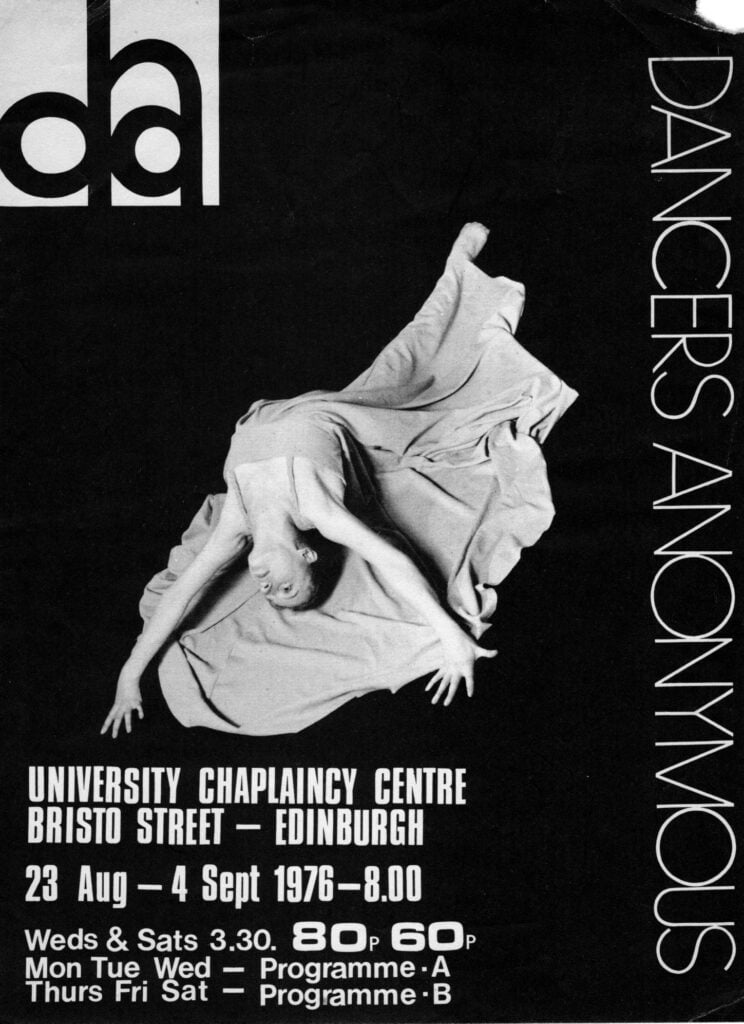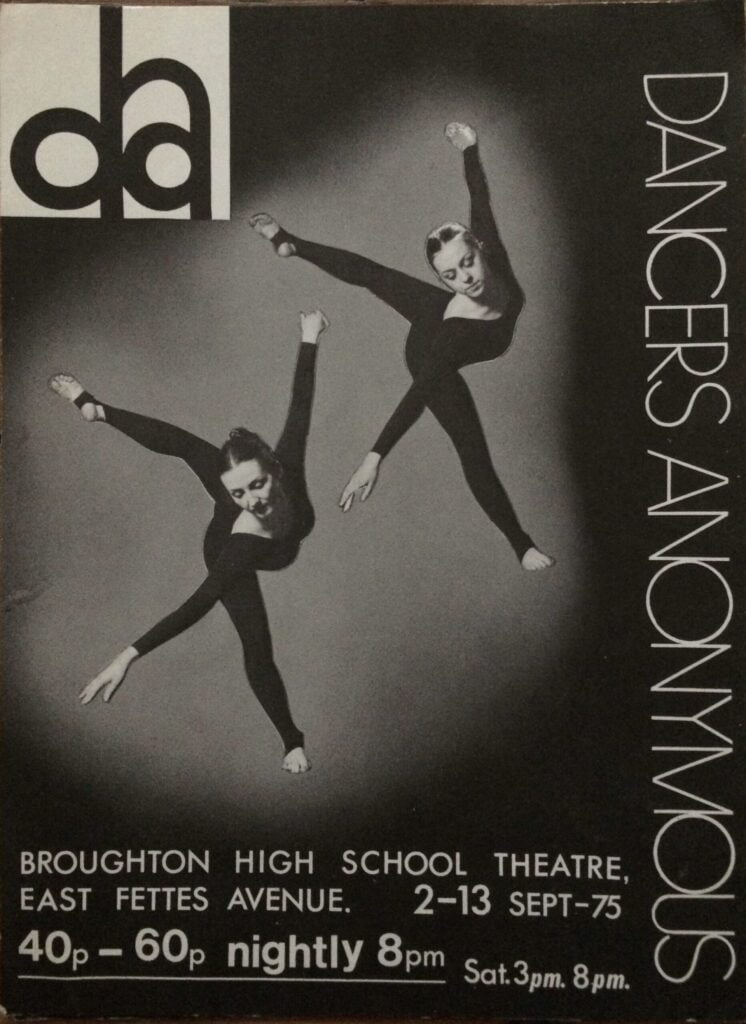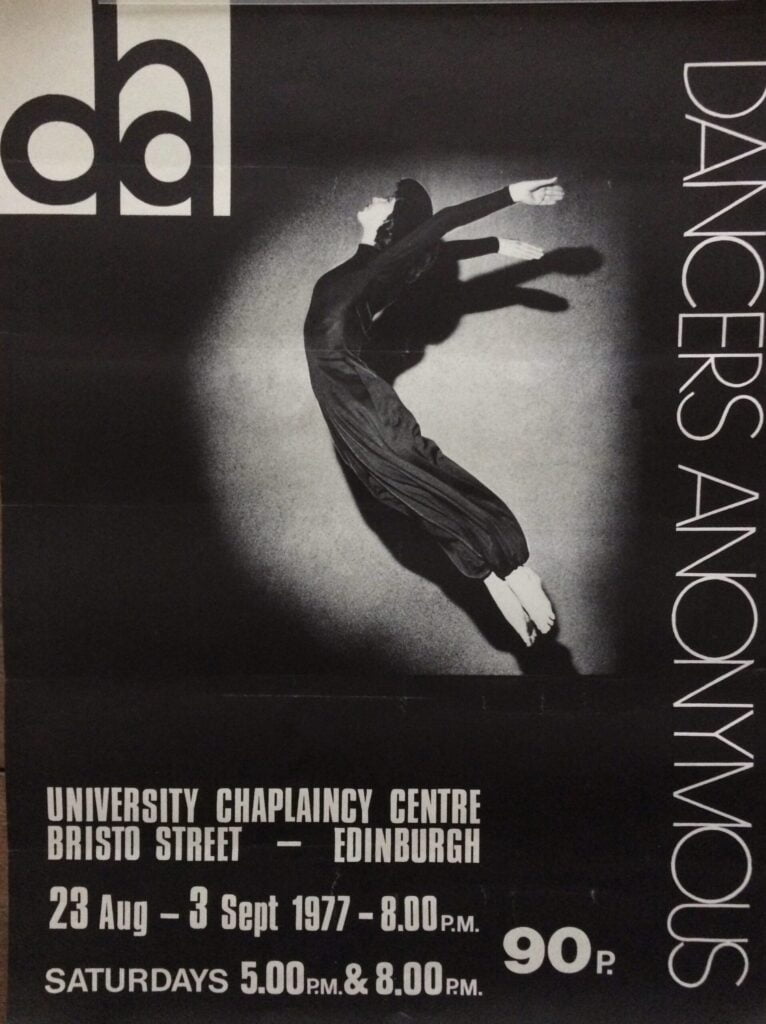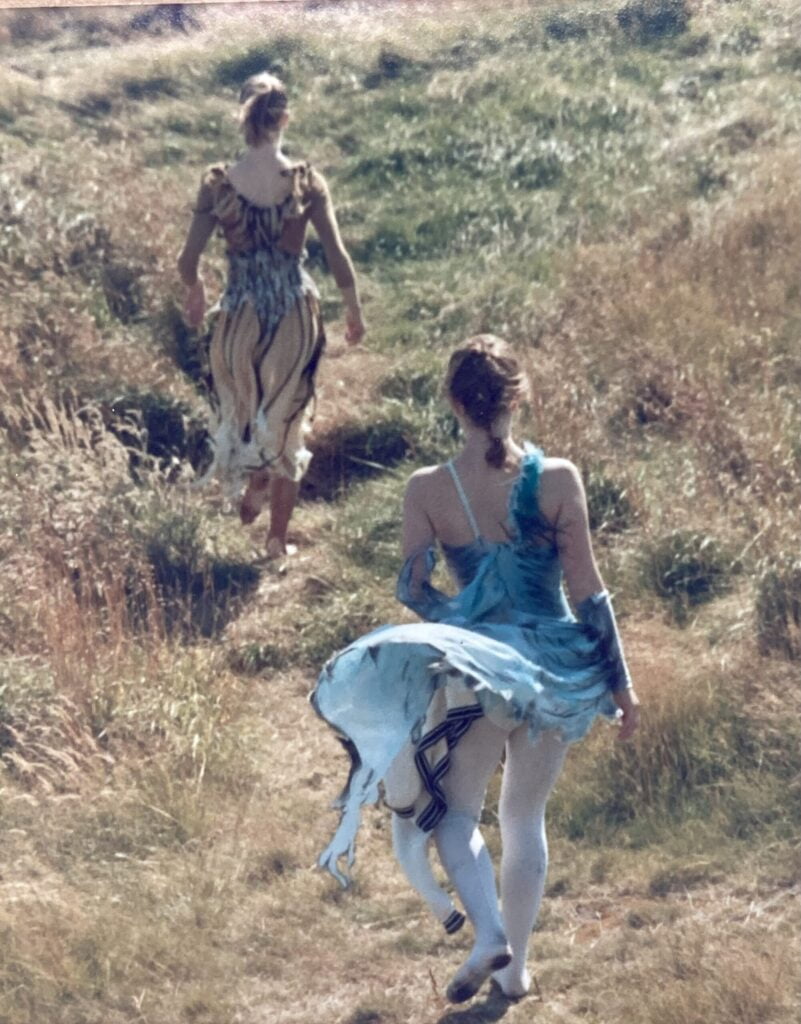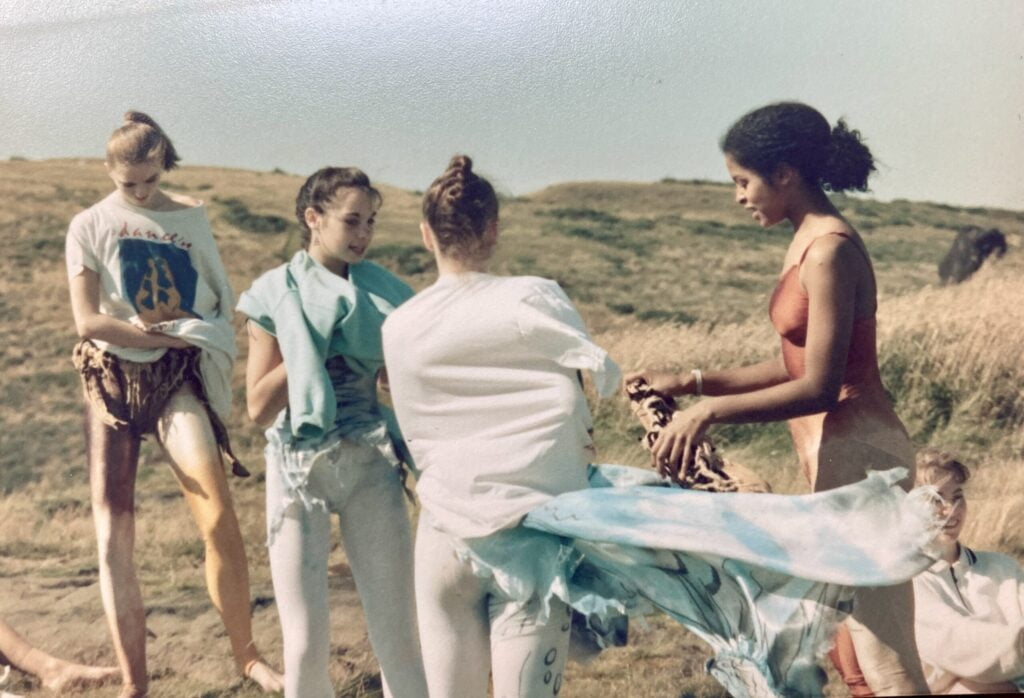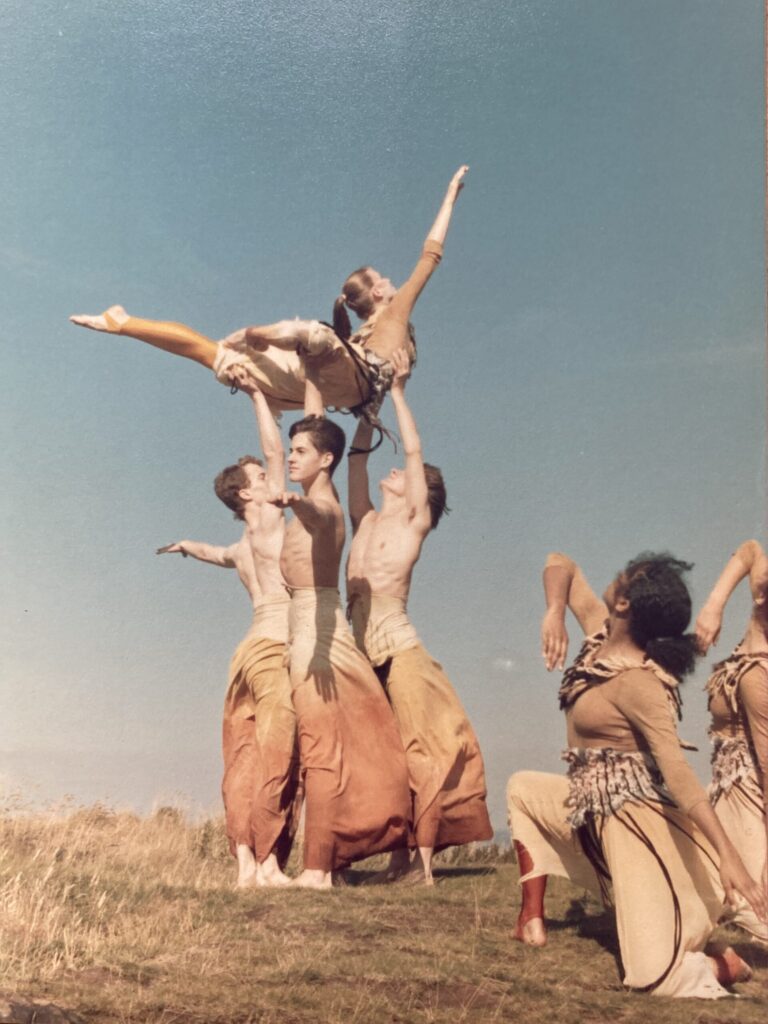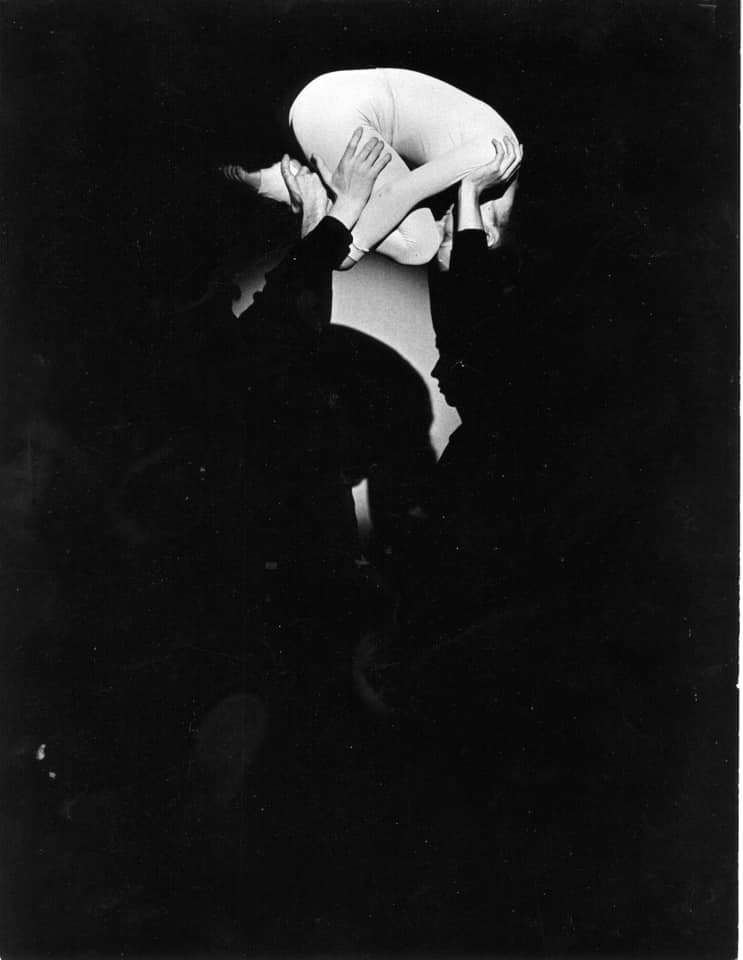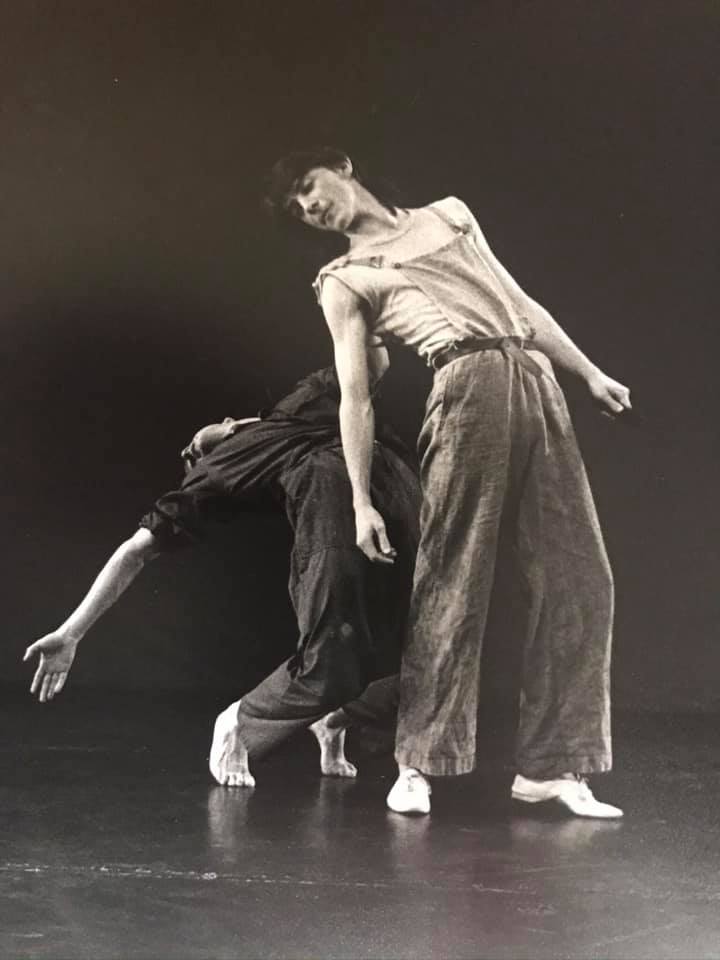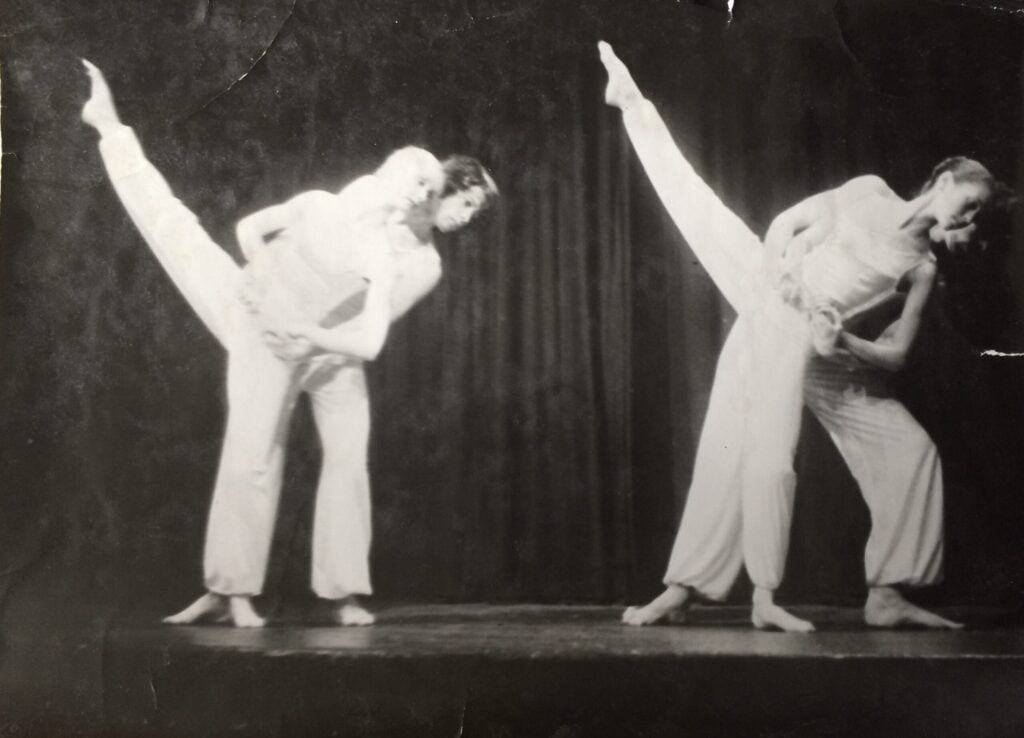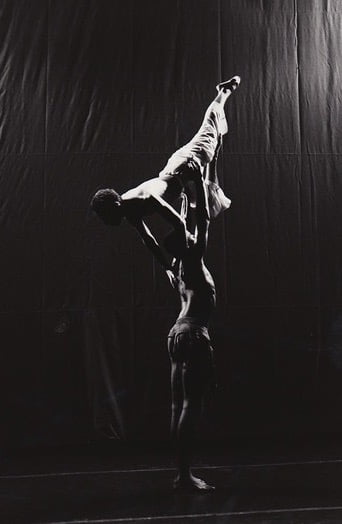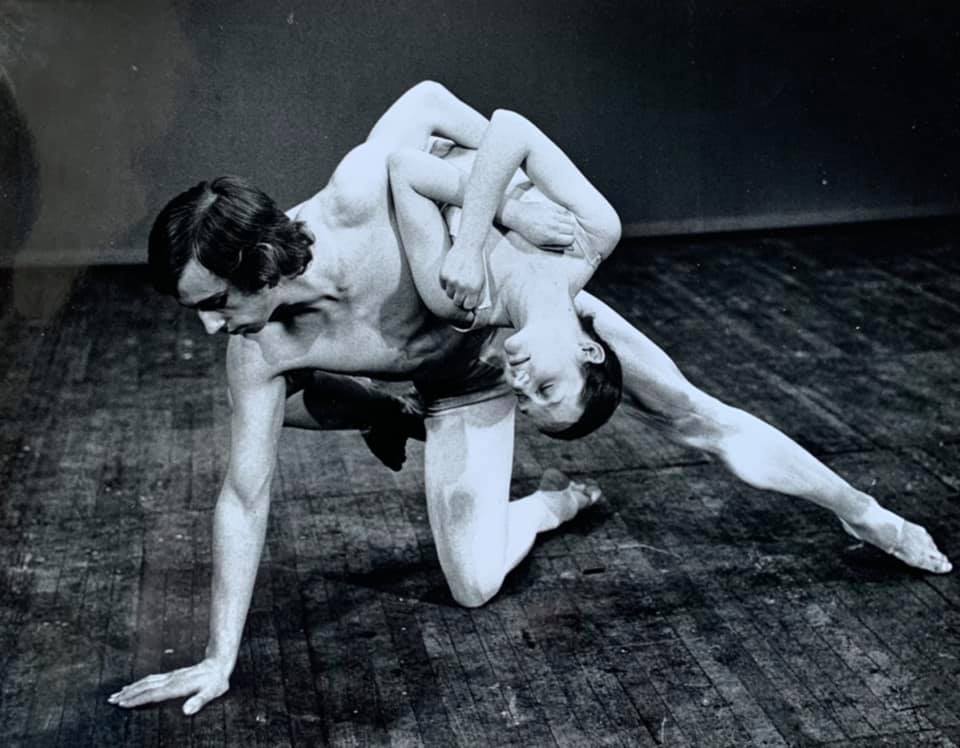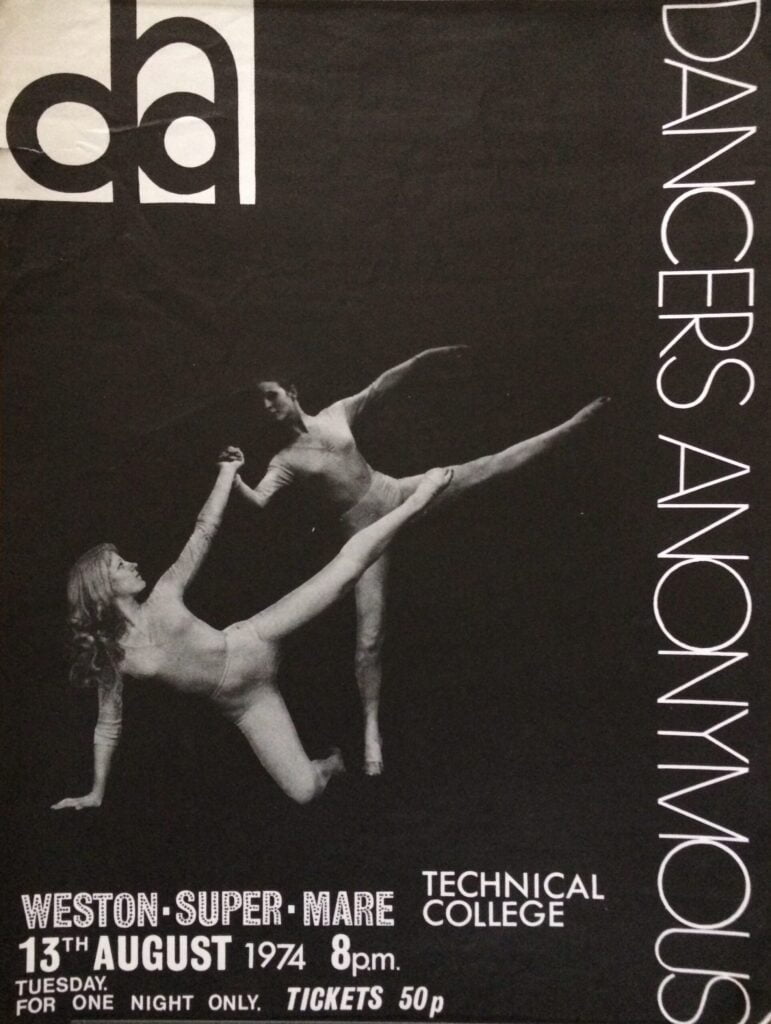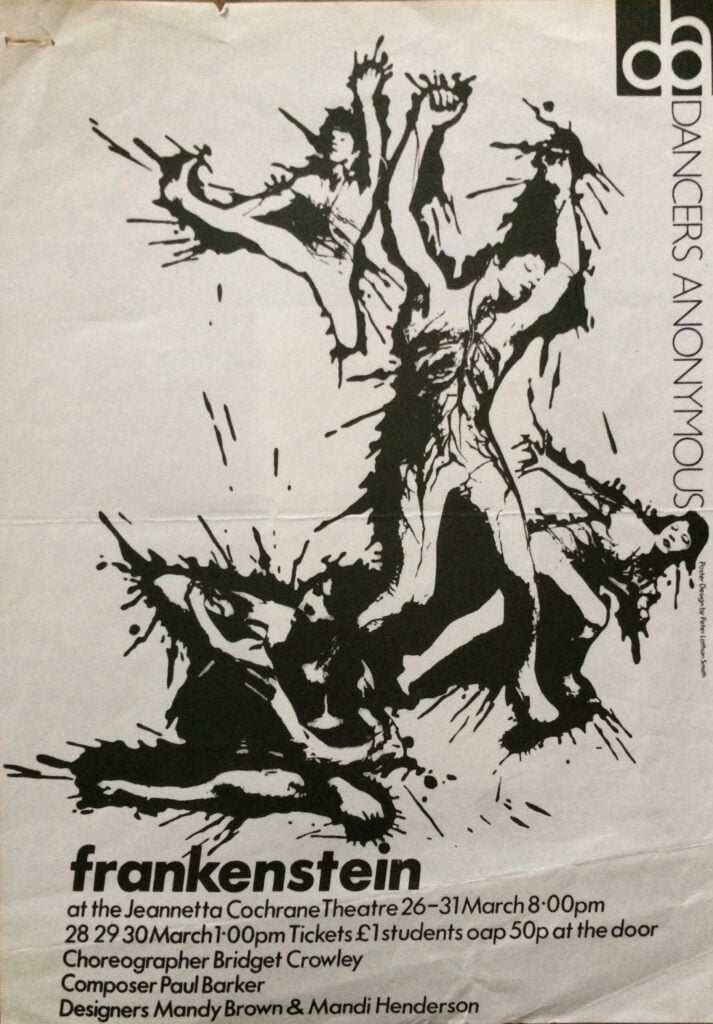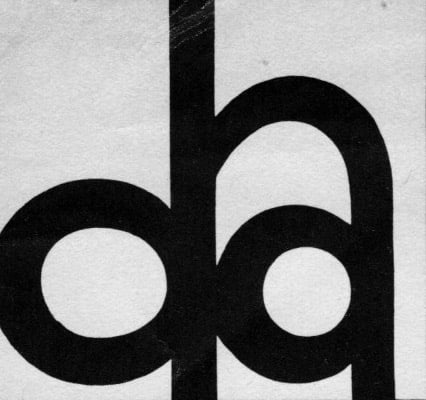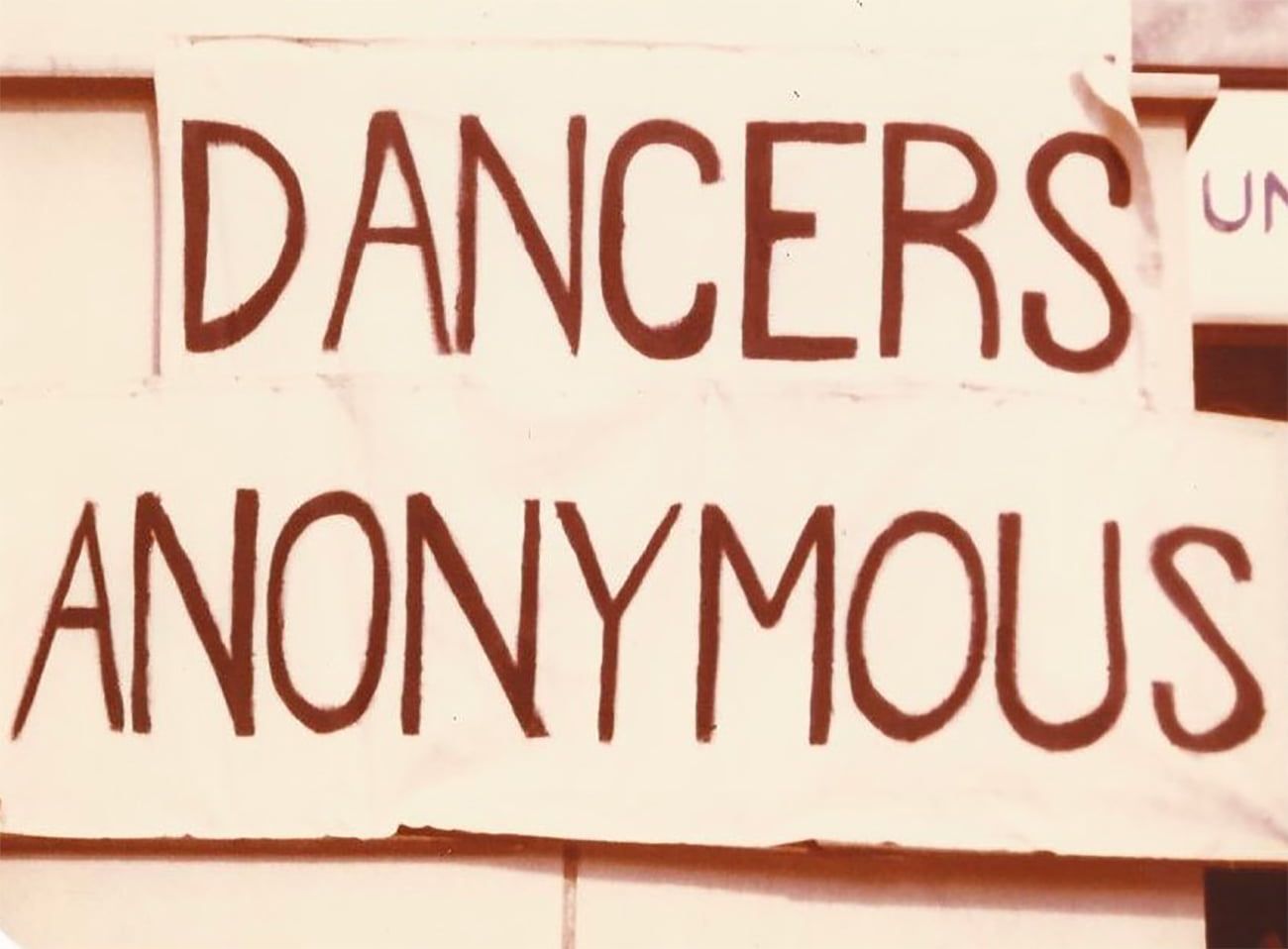
Dancers Anonymous first danced on to the Fringe of Edinburgh Festival in 1973. The brainchild of the Artistic Director, Bridget Crowley, the aim of the company was to be ‘a stepping-stone into the dance world’ for talented but inexperienced students. Here was a chance to perform in professional circumstances but under the eyes of careful mentors with a light touch. The young dancers grew as performers, learned the hard graft of being a company member, but also were given the space to decide if this really was the life for them.
For fifteen years, they did class

they rehearsed,
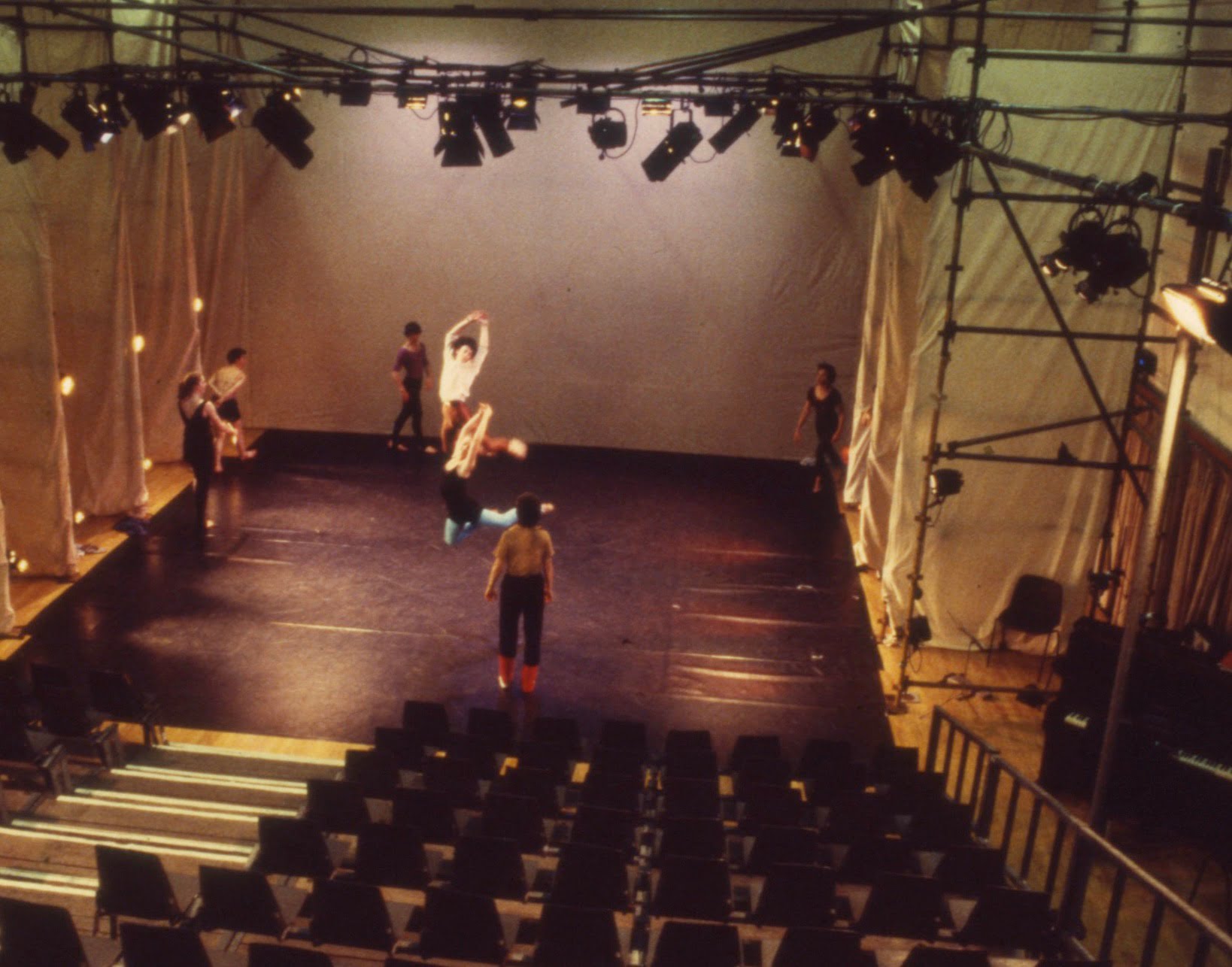
they helped to build a theatre inside an empty hall
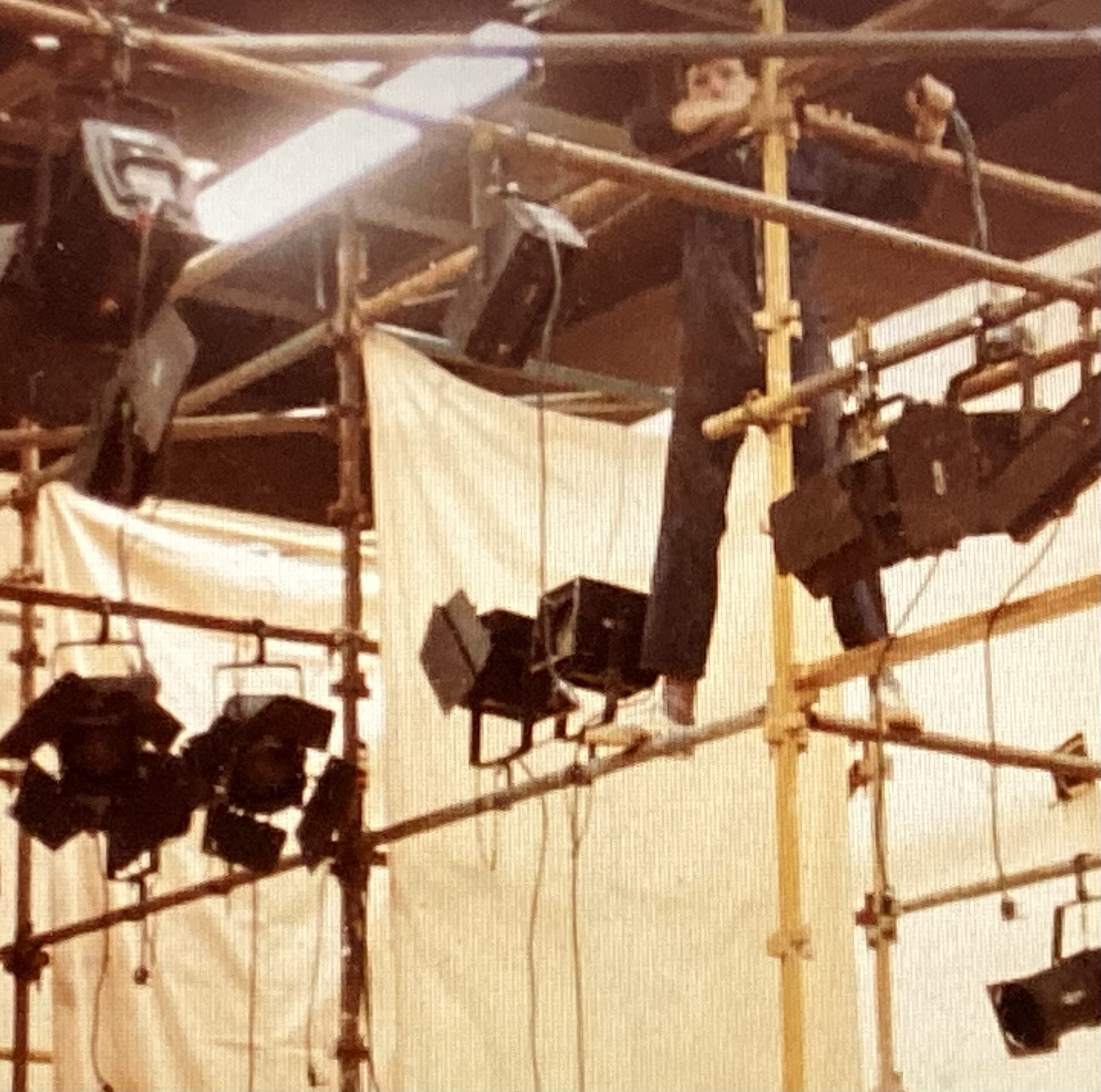
they squashed into one tiny dressing room
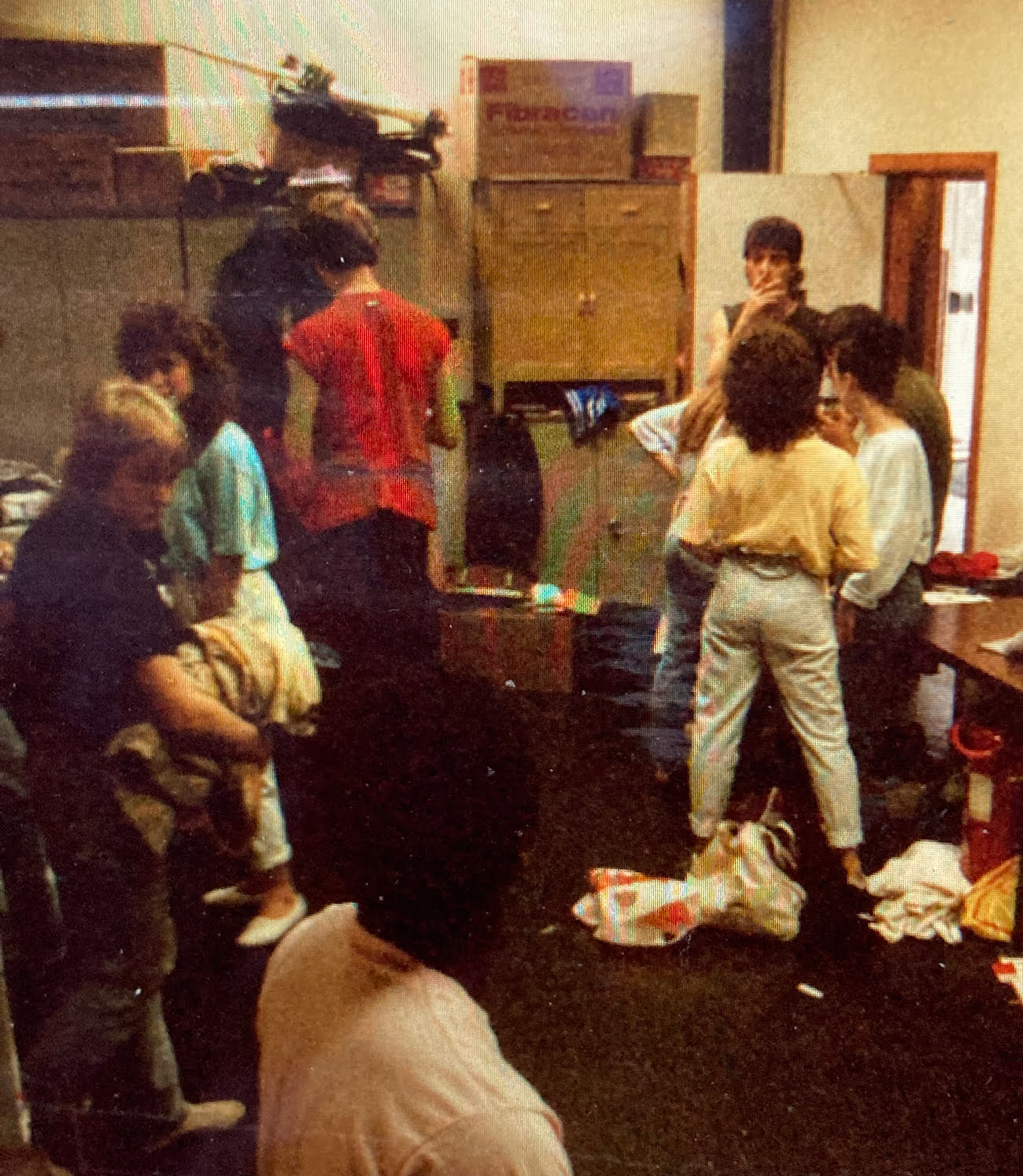
sometimes slept on floors or in caravans, and danced at the Festival Club cabaret at one o’clock in the morning.

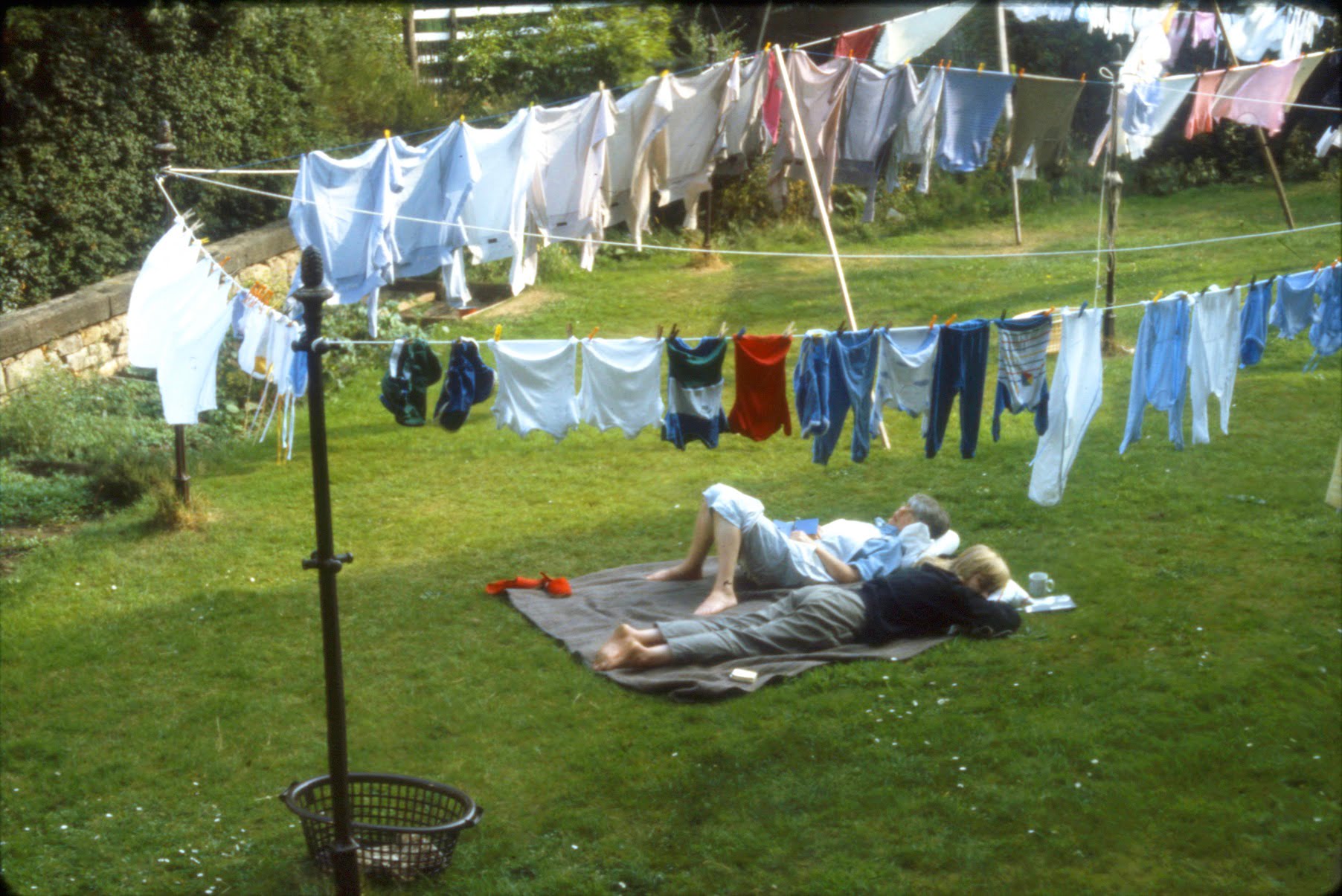
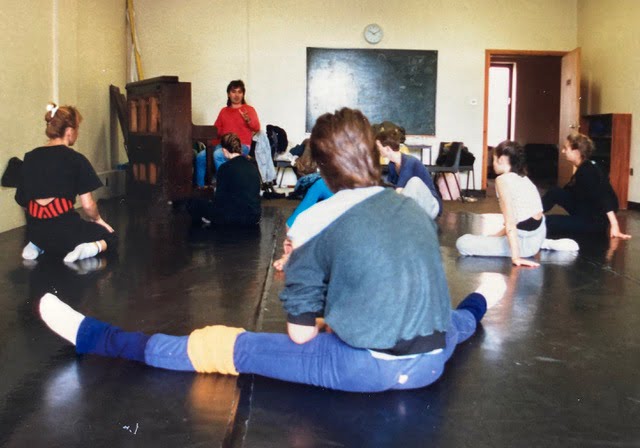
From the outset, dancing to live music was important. Finding a new musicality in their movements in response to subtle nuances in the performances of the musicians, was important.
The dancers dealt with everything from the classics, new works from contemporary composers, to folk, jazz and pop, and the spoken word. Many of the musicians were students themselves on their own learning curve in their profession, under a succession of experienced musical directors. Playing for dancers was a whole new world for them – and for the dancers too. They began to understand that the musicians were giving a performance every bit as much as they were and not just playing as a background to the dancing. Mutual respect grew on both sides and with it, more sensitive interpretations of the music for the audience.
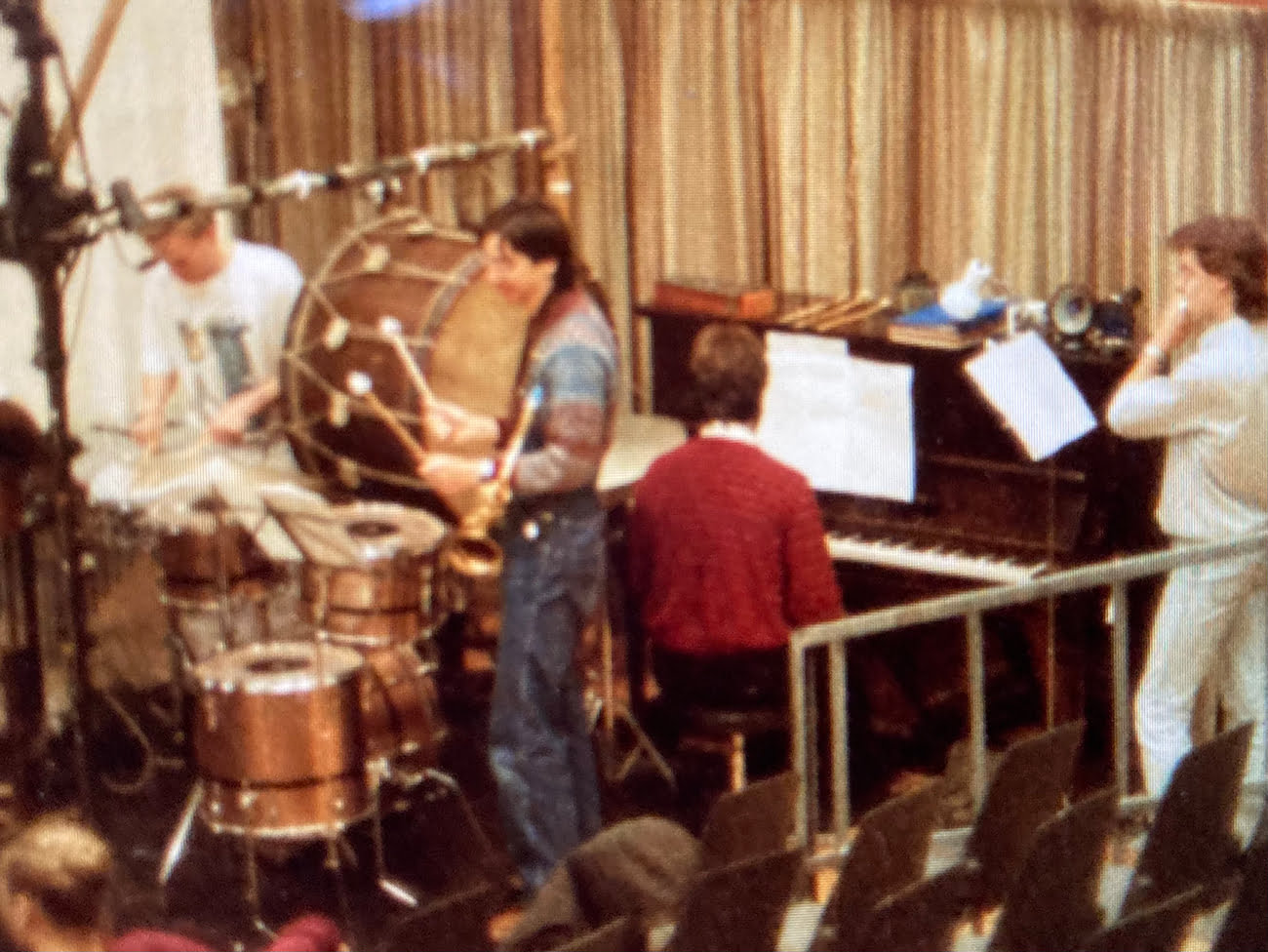
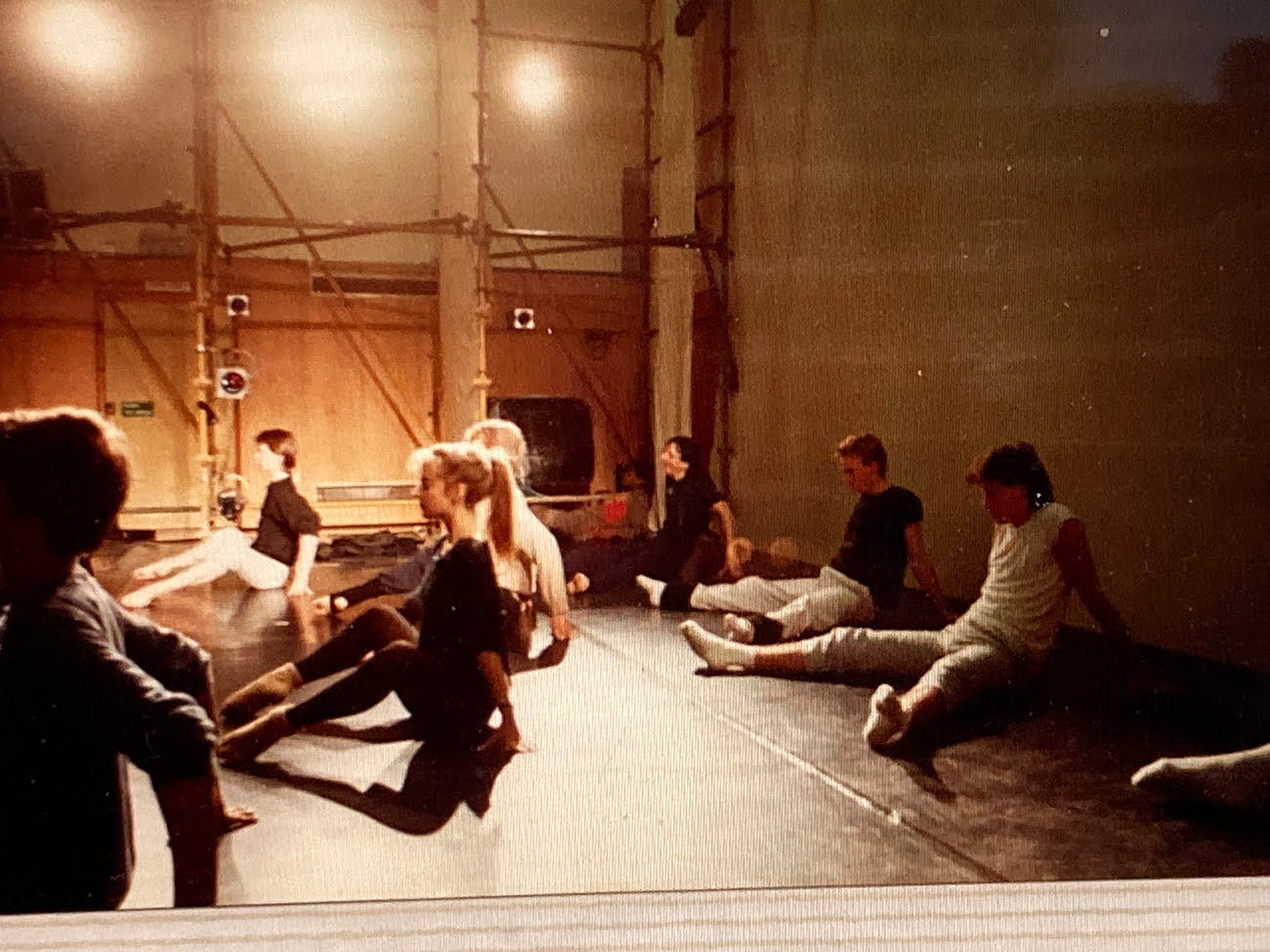
And it wasn’t just Edinburgh… During the rest of the year, at weekends or in any gap in their formal training, Dancers Anonymous appeared at dance venues in London and at others all over the south and west of England.
The idea worked. Within a short time, students went on to perform with major dance companies, in West End musicals and on television in the UK and abroad. Once on the way back from Edinburgh, a dancer was dropped in Birmingham from the DA minibus, straight into rehearsals with Rambert. What a happy farewell that was and what a future lay ahead of her. Two others joined her later, and there were many others like them. What a happy farewell that was and what a future lay in front of them – and there were many others like them.
Although the students were all from Arts Ed. London, the company was entirely independent of the school. Small but very welcome funding came from various private and public sources. Choreographers, dance teachers and stage technicians gave their time free, some of them ex-Dancers Anonymous coming back for more. Sponsored walks and generous well-wishers made up the rest, but even so, in 1987, the financial situation was so parlous that the final, traditional curtain call was taken and Dancers Anonymous became a memory.
But what a memory it was. Dancers Anonymous was gone but is by no means forgotten.
The small but fascinating DA archive was recently given to the National Resource Centre for Dance Archive at the University of Surrey. Photographs, videos, music and costumes, administrative records as well as programmes, posters and reviews document the company’s appearances at Edinburgh Fringe and elsewhere. Papers and correspondence record how the company operated.
If you’re an archive researcher you may be interested to discover the newly catalogued collection. The link to the web pages about the Resource Centre which includes a brief summary of Dancers Anonymous Archive: https://www.surrey.ac.uk/library/archives-and-special-collections/our-collections
A second link goes directly to their online catalogue which gives further information about what collections they hold. The reference code to help with searching: http://calmarchivecat.surrey.ac.uk/calmview/. Go to Advanced Search and type DAS/* in the Ref No field, then press Search to return information about Dancers Anonymous.
If you’re an ex-DA, please contact www.facebook.com/groups/317439231981206/ with memories of your time with Dancers Anonymous – out on the floor, behind the music stands or up on the gantries – or if you’ve been in the audience. There are plans to put them online here to keep the memory of a very special enterprise alive. Send in your DA memories to [email protected]
These photographs and many others are deposited with the Dance Archive at Surrey University. Please apply to them for permission to use them. We have tried to contact the photographers but can no longer trace them. We owe them our thanks for their contribution to the phenomenon that was Dancers Anonymous. The photographers were: John Reiach, Jack Blake, David Harman, Graham Payne, Samya S Goswami. Please let us know at [email protected] if you have contact with any of them.

